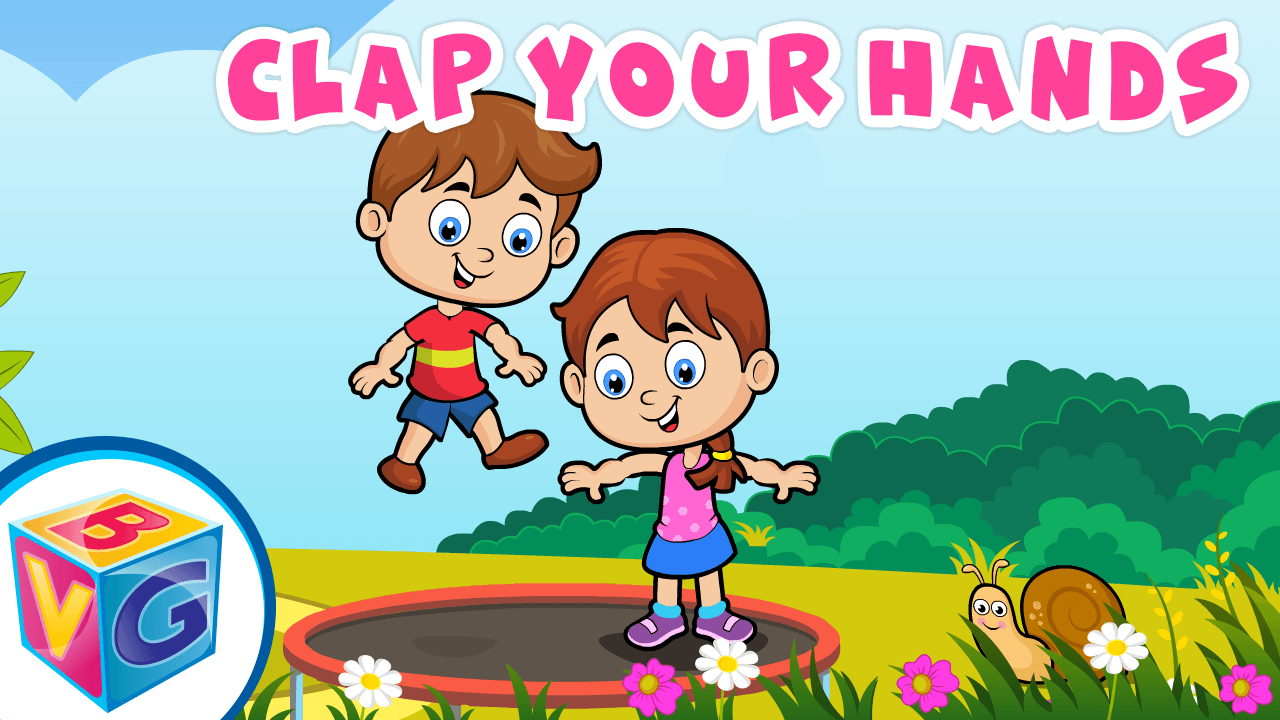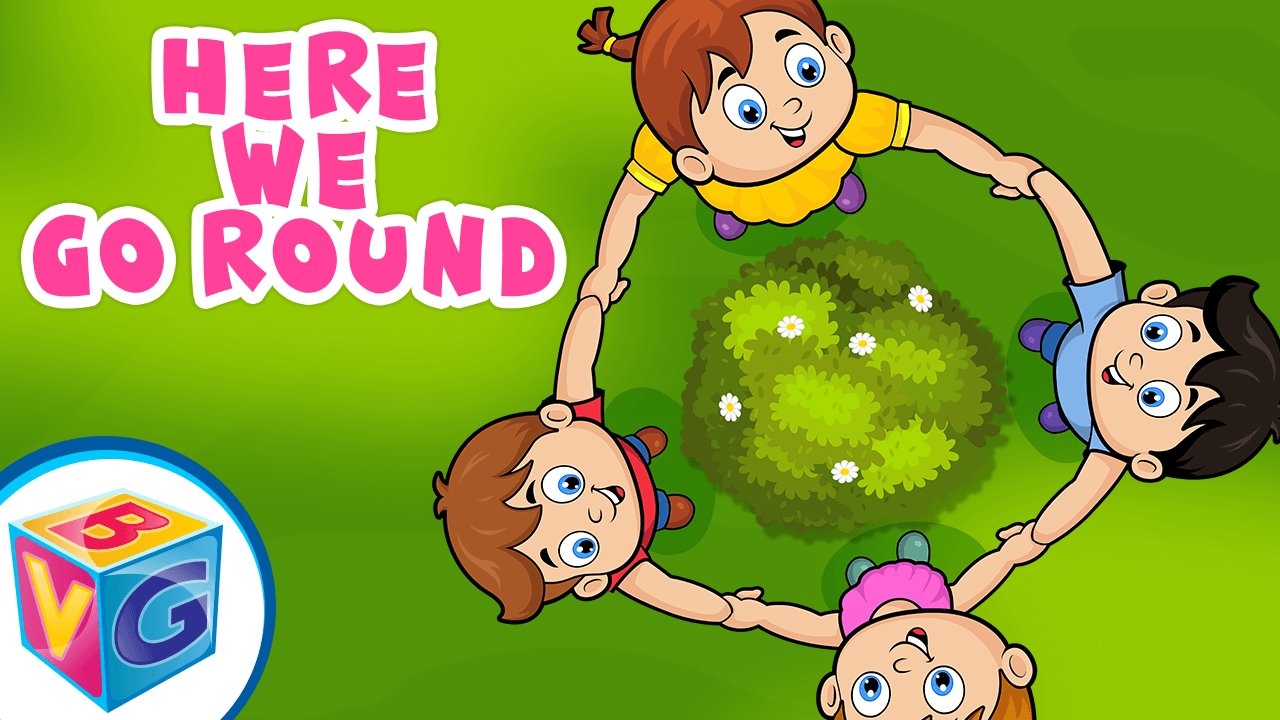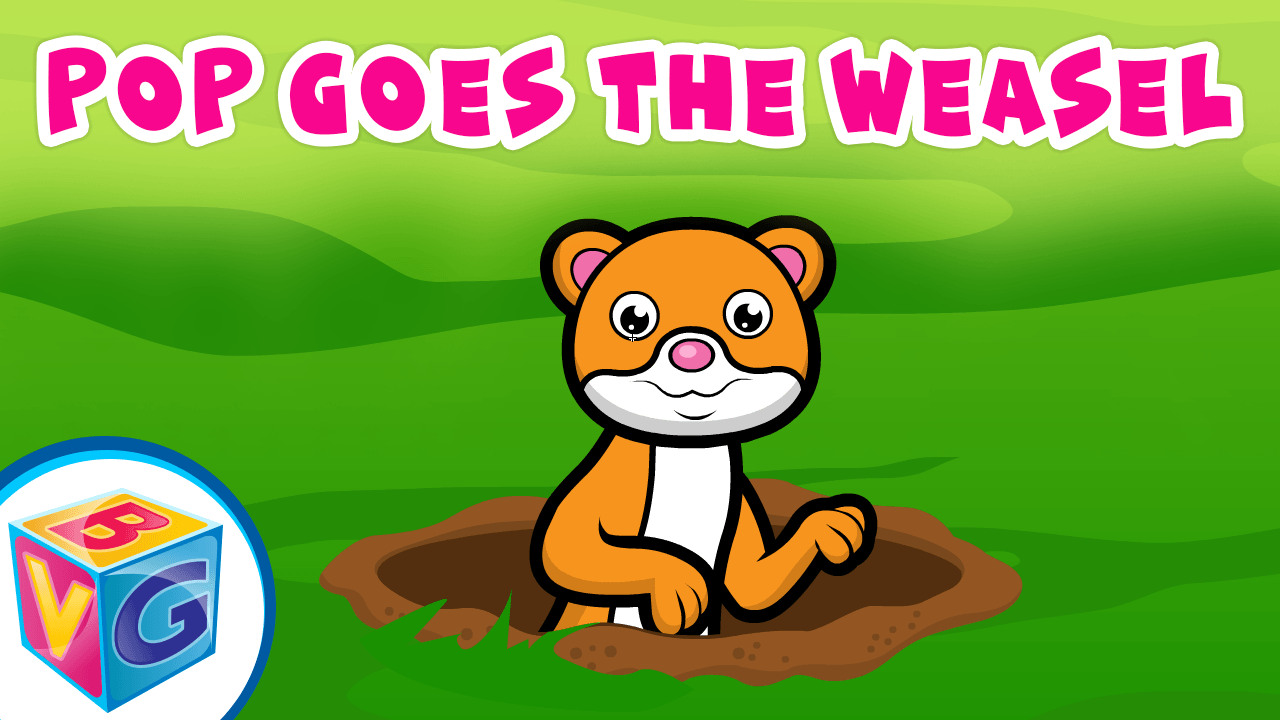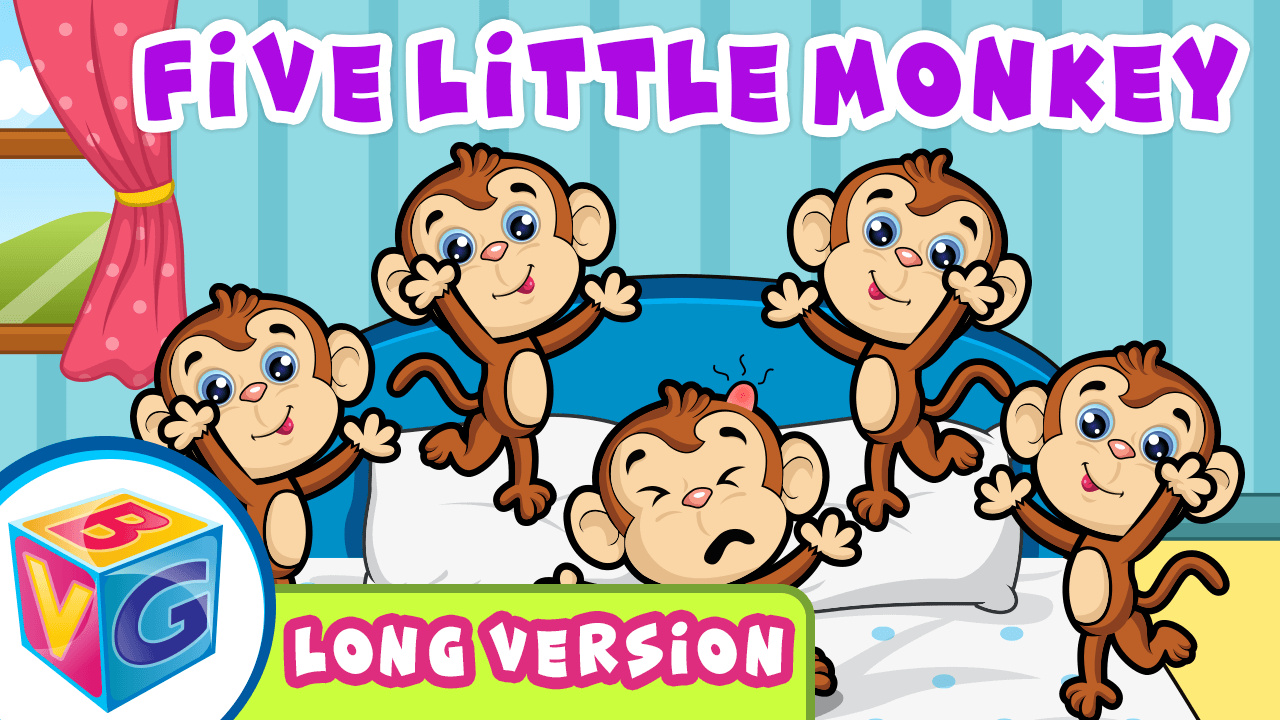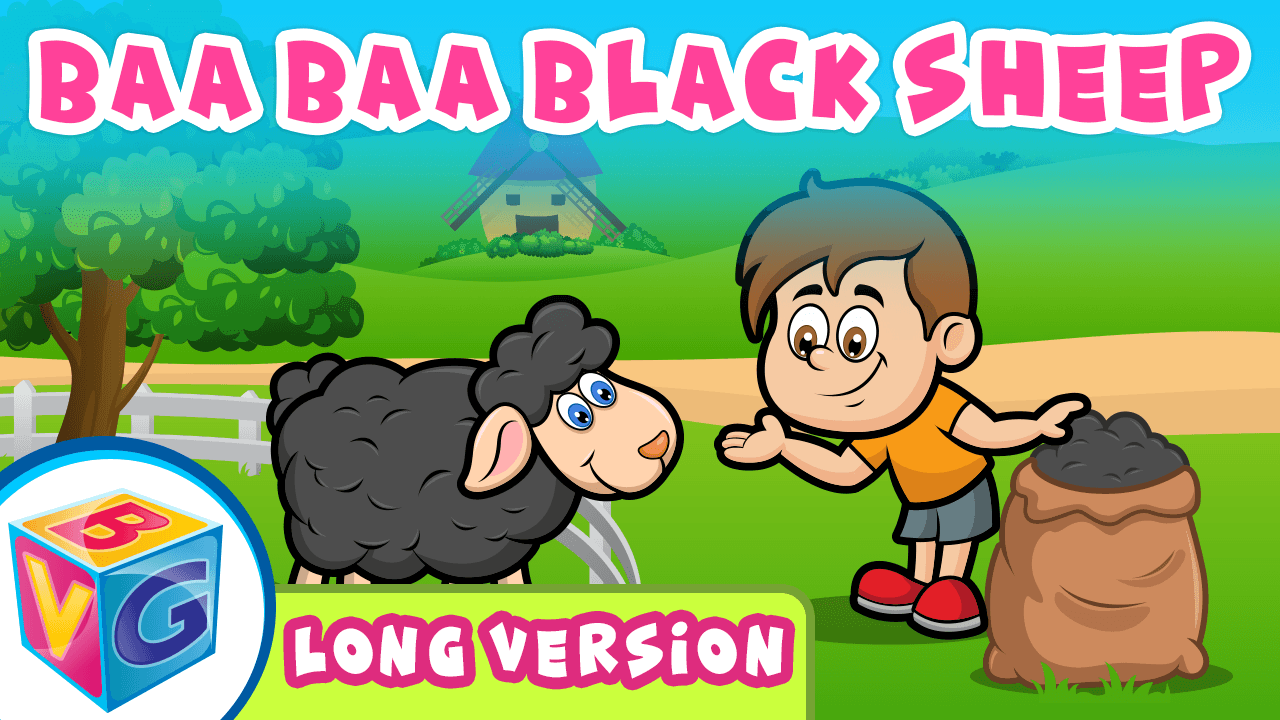Ba Ba Black Sheep
Lyrics
Baa Baa Black Sheep
Baa, baa, black sheep, have you any wool?
Yes sir, yes sir, three bags full!
One for the master,
One for the dame,
And one for the little boy
Who lives down the lane
Baa, baa, black sheep,
Have you any wool?
Yes sir, yes sir,
Three bags full…
the fluffy animal we all know, they don’t exactly know what it’s about. Adults understand that this
classic song allows a unique glimpse into the world of agriculture and farming, but being able to
explain the mysterious process of sheep-shearing in a clear way can be challenging. While most
children don’t interact with farm animals on an every day basis, sheep do affect many people’s daily
lives on account of the wool that they provide. “Baa Baa Black Sheep” requires some deeper
research in order to understand the content, but the song is a perfect starting point for parents and
children to do some hands-on research together about the lives of sheep and the wool-production
process.
Let this song be the impetus of a mini-research project in your house. Together with your child, go to
the library for books about sheep, look for sheep in the books you already have at home, and do
some internet searches together to see what you can find out about the lives of our farm friends.
Introduce your child to the “scientific method”: come up with a question about sheep together, create
a possible answer, and then go out and use real materials to find out if your idea was right. For
example, maybe you heard in the song that the sheep is black. Ask yourselves – are all sheep black?
Your theory might be – no, not all sheep are black because I think I saw some white ones in a
different book. And now your goal is to find out if, indeed, there are various colors of sheep, through
your research.
Setting an example for young children that answers can be found in books or through articles online
helps them develop what we call “Print Awareness” – the knowledge that those scribbles all around
us are called words, and they contain meaning. When children grasp that ideas can be passed from
person to person through writing, they become very motivated to read – and motivation to read and
interest in books are the best indicators that a child will be a strong reader and learner later in
school.
Now that you’ve learned a bit about sheep and likely the shearing process too, why not “experience”
sheep-shearing for real? Most households have some paper, cotton balls, glue, pens or makers, and
scissors already on hand. Allow your child to glue a big bunch of cotton balls onto some paper and
draw a little head so everyone knows it’s a sheep. Let the glue dry, and then take those scissors and
shear your sheep! When you have short-haired sheep and soft bundles of fluff, gather the fluff into
piles or bags, and sing the song again, this time with a much deeper understanding of what exactly
“wool” is, what it has to do with sheep, and why so many people might be interested in a bag of the
comfy, poofy stuff.
Experiential learning, or learning in a hands-on way, is a wonderful way for children to learn. You
might not always have access to a farm on an average weekday afternoon, but with creativity, a
library card, and devotion to research, you and your child can learn and experience anything, from
shearing a sheep to whatever your mind or old nursery rhymes can come up with!

